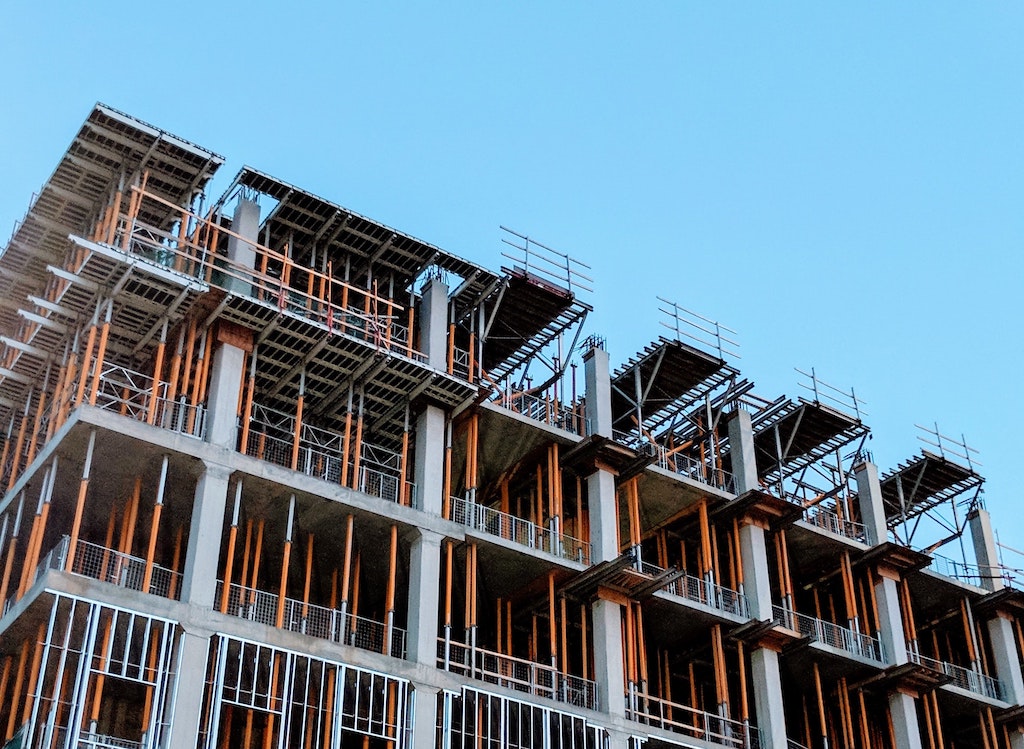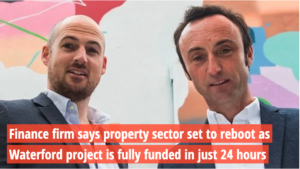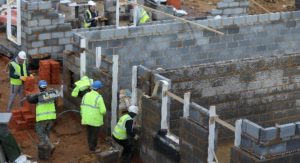
Public Vs Private
Recent commentary on the delivery of housing is divided between private versus public delivery. The narrative for public delivery focuses on the removal of high land costs, expensive financing, and high developer margins.
The problem is that the delivery of new builds is a substantial, skilled, time-consuming undertaking regardless if delivered publicly or privately. In a perfect world, Ireland would have a fully functioning mechanism for the delivery of public housing. For example, each county council would have a dedicated development department with the necessary personal, experience, skills and funding. Ireland previously had such but phased it entirely over the past few decades.
To return the local authorities to such a level could take at least 7 to 10 years to meet our current housing needs, which is simply time we do not have.
In the short to medium term, it is essential that housing delivery through private developers is facilitated to ease the housing crisis. To suggest that we can deliver the necessary housing in Ireland in the short term without a fully functioning private sector is not realistic in our opinion.
Risk Must Be Rewarded
Private delivery, when facilitated correctly, has advantages over public delivery including quicker delivery of units.
But there is risk in private development, many things can go wrong during the build process and the market can fluctuate in terms of demand and price. As a result, private developers need to be rewarded for the risk they take.
Commentary from some sectors suggest that any profit at all should not be desired. At Property Bridges, we believe a healthy level of profit is not only desired but necessary for a developer to take on the risks involved. Moreover, a direct result of profit is taxation raised to go towards the exchequer. It is an incentive for developers to deliver more houses and in turn, offers employment directly and indirectly.
- Equity Risk – Developers are required to put equity (i.e. their cash) into a scheme to secure bank finance. However, their equity ranks behind the bank’s finance which is secured. Typically, a bank may lend up to 70% of the value of a development with the developer putting up 30% equity. Thus, if the value drops by 30%, the developer’s equity is wiped out.
- Opportunity Cost – From buying a site, taking it through planning, development and sales it can take anywhere up to 5 years. The developer’s equity is tied up for this time, and there is an opportunity cost to this. A €300,000 profit may sound huge but if it’s taken a developer 5 years to complete the project, that’s 60,000 per year, having taken a high level of risk.
- Market & Development Risk – Moreover, a lot can change is 12-24 months such as economy, house prices dropping, and costs could overrun due to build cost inflation. There is also the opportunity cost for the developer.
Increased Hurdles Reduces Viability
Further to the above risks, there are huge obstacles facing private developers, especially in rural Ireland, to deliver housing schemes that are deemed viable by lenders. Each item listed below is an issue a developer has to spend large amounts of time and money on and reduces the viability of developments.
- Rising Build Costs – Since 2008, the cost to build a house has dramatically increased. Factors include the move from self-certification to Building Control (Amendment) Regulations 2014 (“BCAR”), the requirement for near-zero energy buildings’ with A-rated efficiency (“NZEB”), greater build specifications and significant increase in labour and material costs. We are Property Bridges acknowledge the need to prevent rogue developments and to improve environmental effectiveness. However, a realisation needs to be acknowledged that houses are significantly more expensive to build than even as recently as 2008.
Indeed, Irish houses now are much more expensive than our nearest international comparison (both geographically and climate-wise), the United Kingdom. According to Sean Mulryan, of the Ballymore Group, they are actively working on mixed developments in Dublin’s north docklands and housing projects in Kildare and Dublin, “houses are much more expensive to build outside Dublin city centre than major English cities”.
“There may be demand for 35,000 new homes a year but people can’t afford them – and that’s largely down to the high standards buildings must meet in Ireland,” notes Mulryan. “If you look at places outside Birmingham and Manchester, house prices are almost €100,000 cheaper than outside Dublin. And it’s not because English builders are operating on lower margins.” –
“The English build very good houses but the standards that ours must meet are higher. In Ireland, we had three changes in regulations over 10 years, adding significant costs to delivering a home. While some are very welcome, others couldn’t justify the increase in build costs for the minimum efficiency they gave.”
- Restrictive Lending Policies – New build houses are typically bought with mortgages. The maximum mortgage amount available is the biggest determiner of the achievable house price. The Central Bank of Ireland (“CBI”) has capped mortgages at 3.5 times the salary of the applicant. The advantage of this is the buyer is capped at a conservative loan amount. The disadvantages are that the gross sales price that a developer can achieve is limited to this.
Furthermore, of the gross sales price that the developer receives, he has to give 13.5% of VAT to the government resulting in the net sales price. As a result, the net sales price often does not cover the build cost hence why developers and their banks are not willing to commence a scheme.
Micheal Mahon, the SCSI’s president, acknowledges this by stating “there is a major affordability gap for first-time buyers trying to purchase a home in line with CBI regulations and this gap raises serious questions over the viability of new house building.”
- Unhelpful Planning Restrictions – Onerous “regulations protect an elite of existing homeowners and prevent developers from building the homes that the modern economy demands”. But no one is fighting for those who don’t own homes. “The resulting high rents and house prices make it hard for workers to move to where the most productive jobs are”, which in turn causes a commuting problem.
- Lack of Infrastructure – Infrastructure has been underfunded for years and continues to be underfunded. This has resulted in many failings such as the Irish Water situation. Irish Water is responsible for many delays to irish developments and averages a cost per unit of circa 6,000. More investment is needed in public infrastructure and public transport.
Recommendations
- Introduce an Equity Loan Product – We largely agree with the mortgage lending rules although we think they could be loosened to 4 times salary. What would be more helpful to buyers would be a 20%-30% equity loan product similar to the UK Help to Buy scheme with would increase affordability for first time buyers.
- Loosen Planning Laws – Ensure planning obligations are commercially reasonable for homes designed to be sold to first time homes in order to allow houses to be delivered at a lower cost.
- Eliminate VAT on New Builds – Reduce or eliminate VAT on first time homes in order to allow houses to be sold at a lower cost. This is a controversial measure as it could be seen as a tax break for developers. However, it will result in making the homes more financially viable and will result in increased supply. This will reduce the demand for public delivery of such which is funded by the exchequer though, amongst others, the eliminated VAT receipts.


